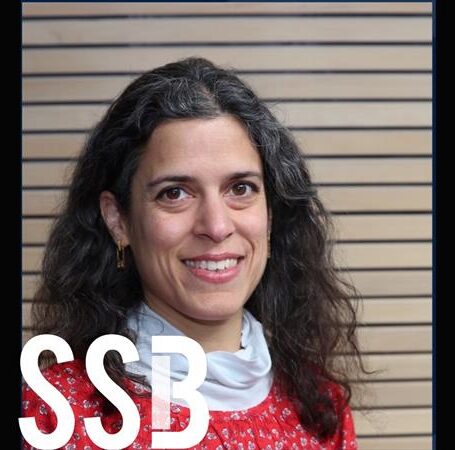Sales Promotions and Restrictions: Customers Want the Bad News First
Authors Kirk L. Wakefield, Priya Raghubir, and J. Jeffrey Inman reflect on their article, “Have We Got a Deal for You: Do You Want the Good News or the Bad news First,” which was published in the Journal of Service Research. Their reflection appears just below their abstract:
We propose and test a sales promotion framework for admission-based experiences showing that leading with the bad news first (the restriction) followed by the good news (the discount) is consistent with consumer news order preferences and changes perceptions of the deal. Our first study confirms consumer preference for bad news before good news in general and ticket offers in particular. The next two studies examine the process by which leading with the bad news (of the restriction first, discount later) increases the salience of the deal (% off). This in turn makes the customer feel in greater control over the offer, thereby making the deal appear to be fairer and more attractive, leading to increased purchase intentions. A fourth study in the field shows presenting the restriction followed by a discount improves click-through and potential revenue compared to presenting the identical offer with the discount preceding the restriction.

We became interested in this topic after noticing that special deals are often accompanied by a restriction of some sort, such as “limit 3 per customer.” Potential buyers are lured in by the offer, only to find strings attached, often in very small font. Priya and Jeff had done some work on restricted promotions, but as far as we could tell, no one had assessed whether it is best to begin a restricted promotion with the “bad news” of the restriction or the “good news” of the promotion. Most restricted promotions in the marketplace use a “good news/bad news” approach, but we wondered if this is necessarily because it worked better than the reverse.
This research began over 20 years ago. We struggled a bit over the years finding the right conceptual positioning. Things began to fall into place when we came across research in psychology showing that when receiving mixed news, people prefer to hear the bad news first. This provided a perfect fit for our restricted promotions research. Contrary to popular practice, we show across four studies that reversing the order to leave buyers with the good news of the discount increases the salience of the deal, making buyers feel more in control of the exchange.

This in turn makes the deal appear to be fairer and more attractive and leads to increased purchase intentions. We believe our results offer powerful implications, particularly for service firms that offer promotions to boost sales but have limited capacity, such as cruises, hotels, performing arts, and sporting events. As one senior executive at a National Hockey League team shared, “We need to cap the number of discounts or giveaways in order to limit financial exposure, but we worry that fans will be turned off by the restriction.”
Our studies show that service operators employing the “bad news then good news” approach increase response rates and engender customer feelings of fairness and shared gain because they feel rewarded for being a customer. These “win-win feelings” should in turn build increased trust in the firm and a competitive advantage. Critically, changing the promotion frame is simple to execute and costs nothing, so any increase in revenue falls directly to the bottom line. We strongly encourage firms to employ A/B testing, taking care with subject lines and text copy, to see for themselves how restricted promotions presented in a “bad news then good news” format can increase revenue, profits, and positive customer feelings for their business.




































































































